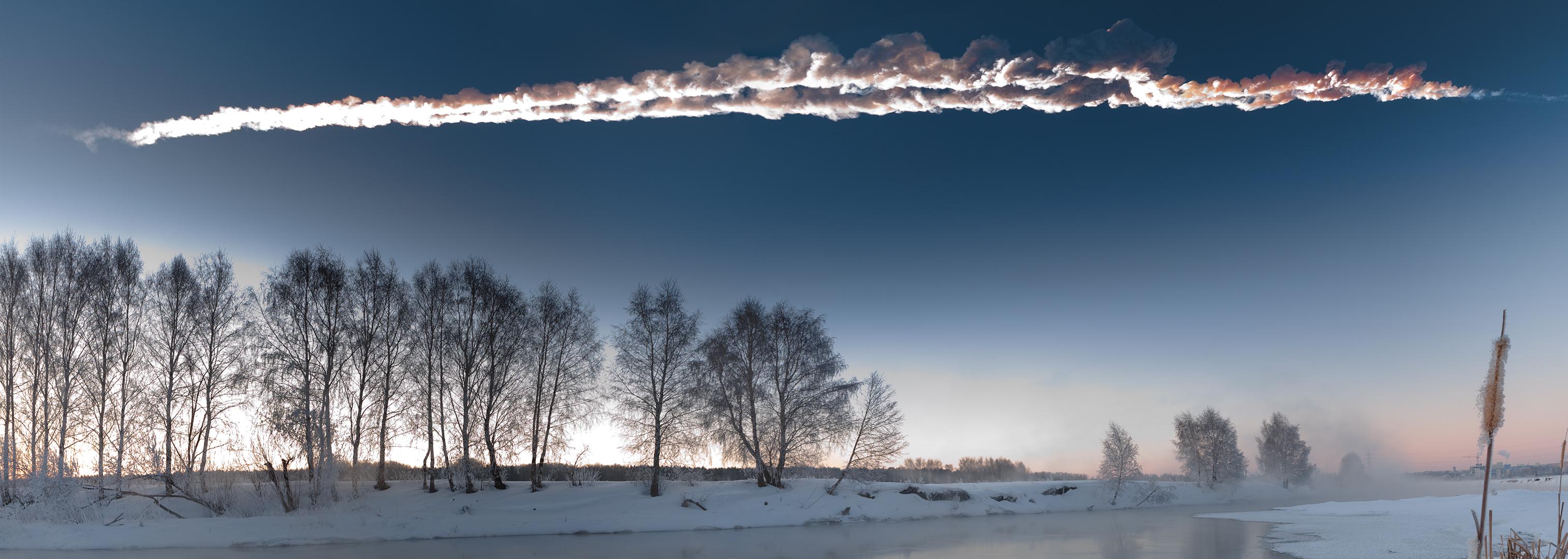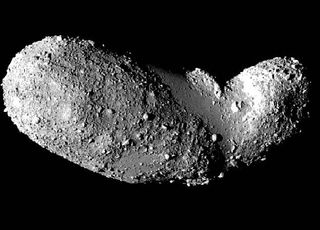One Year Later, Russian Meteor Strike Sparks Asteroid Deflection Talks

A year after the Chelyabinsk meteor slammed into the atmosphere above Russia, the world's space agencies have a new plan to address asteroid threats — including a possible mission to move an asteroid.
The newly formed Space Mission Planning and Advisory Group (SMPAG, pronounced "same page") bills itself as Earth's first line of technological defense if an asteroid threatens. Before that ever happens, however, the coalition aims to create space missions to explore the possibility of moving asteroids around to prove potential technologies that could one day protect Earth.
"SMPAG will also develop and refine a set of reference missions that could be individually or cooperatively flown to intercept an asteroid," Detlef Koschny, an official in the European Space Agency's Space Situational Awareness Program office, said in a statement.
"These include precursor missions or test and evaluation missions, which we need to fly to prove technology before a real threat arises," added Koschny, who heads the near-Earth object segment of the office.
Asteroid impacts received renewed public attention after an estimated 10,000-ton meteor exploded over Chelyabinsk, Russia on Feb. 15, 2013. The 55-foot (17 meters) object smashed windows and caused hundreds of injuries, scattering space rock bits across the region. The largest fragment recovered so far was about the size of a coffee table.

SMPAG — formed in 2013 out of the activities of the United Nations Committee on the Peaceful Uses of Outer Space — had its first meetings Feb. 6 and 7 at ESA's operations center in Darmstadt, Germany.
Once the group gets itself organized, it will coordinate its activities with the International Asteroid Warning Network. That network will helm the search for asteroids and other space objects that threaten the Earth, while SMPAG will focus on the space missions and technology needed to address the threat.
Get the Space.com Newsletter
Breaking space news, the latest updates on rocket launches, skywatching events and more!
Follow Elizabeth Howell @howellspace, or Space.com @Spacedotcom. We're also on Facebook and Google+. Original article on Space.com.
Join our Space Forums to keep talking space on the latest missions, night sky and more! And if you have a news tip, correction or comment, let us know at: community@space.com.

Elizabeth Howell (she/her), Ph.D., was a staff writer in the spaceflight channel between 2022 and 2024 specializing in Canadian space news. She was contributing writer for Space.com for 10 years from 2012 to 2024. Elizabeth's reporting includes multiple exclusives with the White House, leading world coverage about a lost-and-found space tomato on the International Space Station, witnessing five human spaceflight launches on two continents, flying parabolic, working inside a spacesuit, and participating in a simulated Mars mission. Her latest book, "Why Am I Taller?" (ECW Press, 2022) is co-written with astronaut Dave Williams.











